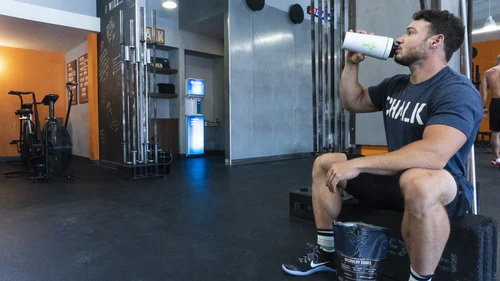In general, over-the-counter acne treatments and traditional prescription medications have proven effective in the reduction and virtual elimination of acne, there are other less traditional ways to approach the treatment of acne. When delving into non-traditional medicine most are dealing with approaches such as acupuncture, herbal medicines, homeopathic medicine, mind/body medicine, Ayurveda and Kampo as well as dietary and nutritional considerations. The following takes a look at each of these areas as they relate to acne.
Acupuncture: The use of acupuncture in the treatment of acne has not been scientifically evaluated but there have been reports that two acupuncture procedures have reduced the symptoms of acne: auricular acupuncture (acupuncture applied to the ear) and electro-acupuncture (acupuncture using a mild electrical current).
Herbal medicine: Some herbs are known to have anti-inflammatory properties and, for that reason, they may be helpful in the treatment of acne (as well as other skin conditions):
Calendula (Calendula officinalis)
German chamomile (Matricaria recutita)
Witch hazel (Hamamelis virginiana)
Licorice root (Glycyrrhiza glabra)
Flaxseed (Linum usitatissimum) and flaxseed oil
Tea Tree Oil
The herbs that help reduce acne inflammation do so by reducing the amount of the P.acnes bacteria produced by the body as a reaction to clogged pores. Tea Tree oil has been favorably compared to benzoyl peroxide in the reduction of P.acnes and is said to have fewer side effects (stinging, itchiness and dry skin).
Homeopathic remedies: Homeopathic professionals evaluate the individual (their physical, emotional and intellectual makeup) before prescribing a treatment and then tailor the treatment to the individual. While homeopathy has not had the benefit of many scientific studies, professional homeopaths have found that certain homeopathic treatments reduce certain symptoms of acne:
Belladonna works best for people who are experiencing “hot” areas on their face or those who have pus-filled acne blemishes.
Calendula is used to treat pus-filled blemishes or blisters.
Hepar sulphur is useful for pus-filled blemishes that are painful.
Kali bromatum is used for deep acne blemishes, especially those on the forehead.
Silicea is used for deep, pus-filled acne blemishes.
Mind and body medicine: Mind and body approaches to the problem of acne are primarily through the practices of biofeedback, cognitive imagery and hypnotherapy.
Biofeedback and Cognitive Imagery: Biofeedback and cognitive imagery are relaxation therapies used because emotional stress can have an aggravating effect on acne. Biofeedback techniques train the individual to control some internal processes such as heart rate and muscle tension. Cognitive imagery (also called guided imagery) involves the use of mental pictures to relax and evoke helpful physical and emotional conditions. Together, when used properly by a person who has mastered the techniques, these methods have been shown to lessen the severity of acne breakouts.
Hypnosis: Hypnosis works pretty much the same way that biofeedback and cognitive imagery work, by relaxing the patient. The obvious difference is, of course, in the case of hypnosis, a professional practitioner is controlling the process.
Ayurveda: Ayurveda is a holistic system of medicine originated in India. Ayurveda focuses primarily on diet and lifestyle. Each person, as we all know, is unique and Ayurveda treatments recognize this by tailoring recommendations to the individual.
The practitioner of Ayurveda observes the individual and applies knowledge he or she has learned through ancient texts that document the ‘energetic forces’ (called Tridoshas) that influence everything in nature — including, of course, humans. Ayurvedistic remedies tend to be herbal; for example, the one Ayurvedic preparation that has proven best for acne relief, a preparation called “Sunder Vati” is an herbal remedy that consists of Ginger (Zingiber officinale), Holarrhena antidysenterica and Embelia ribes.
Kampo: Kampo is a Japanese version of traditional, ancient Chinese medicine. A Kampo treatment for acne, the treatment called: Keigai-rengyo-to (TJ-50), has proven effective in some cases. TJ-50 consists of seventeen herbs that have combined anti-inflammatory and anti-bacterial properties. Among there herbs are: Skullcap root (Scutellaria lateriflora), Licorice root (Glycyrrhiza glabra), Mint (Mentha arvensis), Angelica root (Angelica archangelica), Peony root (Paeonia lactiflora).
Nutrition and Dietary Supplements: It has been pretty well proven that, at least as a general proposition, diet has no effect on acne but there are certain foods that effect certain people in certain ways. There are many reports from individual acne sufferers that certain drinks or foods (it seems that nuts are particularly suspect) make their acne worse. All that can be said about this is pay attention to what you eat and how it affects you over the next few days.























